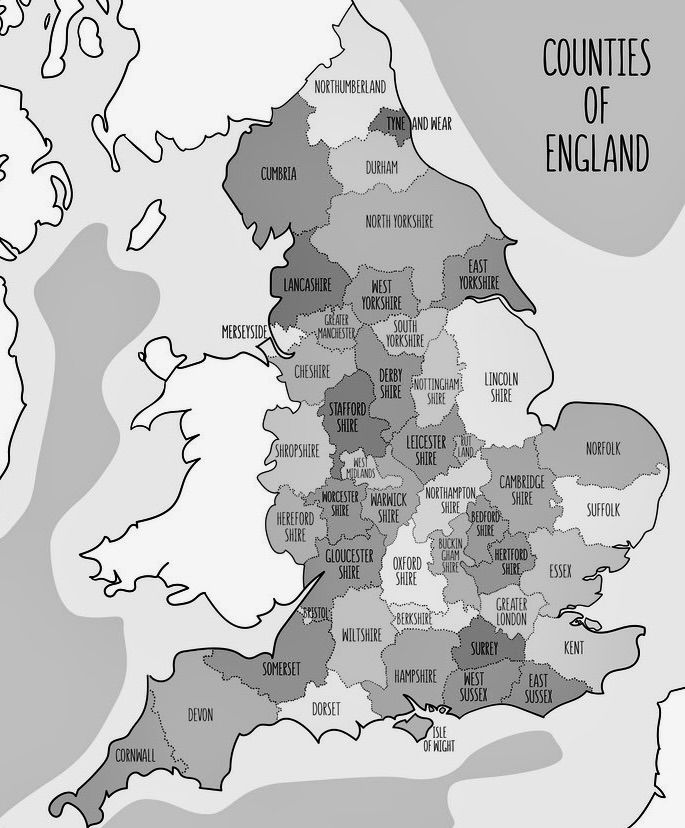"Hope for Charity"-Men's Fashions/Part 1
- sandykayslawsonWriter

- May 13, 2024
- 4 min read
Welcome! This time in The Life and Times of Hope for Charity series, we are looking at men's fashions in the Georgian/Regency Era of the 18th Century. Today is all about men's clothing. Let's jump in!
#georgianera #eighteenthcenturyfashion #18thcenturymensfashion #writersresearch #writersblog #ChristianHistoricalRomance #ChristianWriter #georgianerafashion #regencyfashion

The Wardrobe
Breeches
Knee breeches, or knee-length leg coverings, were worn by men and boys alike throughout the eighteenth century. Knee breeches were worn pulled up over the hips and buttoned in the front without need for a belt or other brace at the waist. Later the center button was replaced with a front panel that buttoned up either side.
At the beginning of the century, knee breeches were fastened just below the knee with ribbons and buttons, and the stockings were pulled up over them. After 1735 knee breeches featured ornamental buckles and buttons at the knee and from that time on were worn on top of the stockings to display these buckles or decorative buttons. As the century continued, knee breeches changed from rather ill-fitting baggy breeches to formfitting garments. The most expensive breeches were made of satin, while those made for common people were of thick cotton or wool cloth. Breeches at the beginning and middle of the century were made of richly patterned fabric and had decorative embroidery.
Below, are breeches in a variety of materials and styles. Some pictures focus on a section of the garment to show specific differences with today's modern pants. Many features of these breeches remind me of the capris of today. Though, I see more women in them than men.

Shirts
In the 18th century, dress shirts were predominantly made from linen, a material highly valued for its breathability and durability. Linen was also chosen for its ability to absorb moisture, making it a practical choice for dress shirts for men. The wealthy elites, however, favored dress shirts made from fine cotton and silk, materials that symbolized luxury and high social status. The choice of fabric thus served, not only a practical purpose, but also as an indicator of the wearer's social standing.
Below are different types of men's shirts worn in the 18th century. If you look closely, you might tell a difference in some materials. As you see, some shirts are tied at the collar, and some are buttoned. Also, some are plain while others sport frills. We may note that based on the quality and style, it's obvious which ones might have been worn by an upper or lower-class gentleman.

Waistcoats
Produced in either single or double-breasted styles, the waistcoat is designed to be worn underneath a suit or jacket, although it does not necessarily have to match. Waistcoat styles designed for sporting purposes did away with any skirt almost completely.
As the waistcoat became short it also became more and more cut away in a curve at the front to reveal the wearer's breeches. Whereas elaborately embroidered waistcoats were fastened with hooks and eyes, the majority were fastened with buttons that would match those of the coat being worn.
Double-breasted waistcoats were the most popular style during the first few decades of the eighteenth century and featured small pockets with flaps. By the middle of the century, rather than following the older style of having cuff-length sleeves, the majority of waistcoats were sleeveless; skirts were much shorter and by 1790 were cut square to the waist.
Pictured below are waistcoats from the early to late eighteenth century. I've included those from Hope for Charity and its sequel's time (1747-1755) along with the years before and after so that you might compare the differences.

Frock Coat
By the first decades of the 18th century, the ubiquitous flared-skirted frock coat was being worn by all levels of society. However the most fashionable men started to wear coats with the cut that would become synonymous with fashion in the 18th century. Deep large cuffs, often extending over the elbows, curved front openings, and ever-widening skirts were indicative of things to come. In the middle of the 18th century, it was not unusual for frock coats to have skirts that were nearly circular, their width controlled by pleats at the side-back seams. Indeed this is why we call them “frock coats” – because the skirts were so full that they resembled a lady’s frock. Mid-century frock coats were not just full in the skirts. They were also made from stunning materials and, if the wearer could afford it, elaborately embroidered. The amount of real gold and silver embroidery on the frock coats of the aristocracy rendered them more fitting to be kept in a vault than in a wardrobe. This expensive extravagance was not within the budget of even the wealthiest commoners, but all men wore frock coats made from the most expensive materials they could afford.
Below are a variety of frock coats. Some are plain and some are elaborate. The fabric, thread, buttons, design, and embellishments of the garments displayed the wealth of a man. And for those in the upper echelons of society, the outfit must fit the occasion whether it is a fox hunt, carriage ride through Hyde Park, or on the Ballroom floor. The poorer man would have owned no more clothes than necessary. However, he had fewer reasons to require an extensive wardrobe since his life did not include the wide variety of entertainment options of the higher classes.

Did you enjoy this month's look into the 18th-century man's wardrobe? Some of those waistcoats and frock coats were quite impressive! Do you have a favorite? Next time, we will plan to learn about other pieces that may have been in their wardrobes, such as cuffs, banyans, and cravats. Don't miss it! If you are not subscribed, please consider hitting the button below and staying updated on blog posts, newsletters, updates, and more!

.png)




Comments